If you’re up late on Monday night (Oct. 13), or awake in the predawn hours of Tuesday (Oct. 14), look east for a striking sight.
The moon, just hours past its last quarter phase, will rise above the east-northeastern horizon shortly before midnight local time. Shining about 6 degrees to its right will be Jupiter, the largest planet in our solar system.
To estimate the distance between them, hold out your clenched fist; it measures roughly 10 degrees across at arm’s length, so the moon and Jupiter will be separated by roughly a little more than half of a fist. It is, of course, an illusion of perspective: the moon is only 235,000 miles (378,000 kilometers) from Earth. Meanwhile, Jupiter is 477 million miles (768 million km) away, more than 2,000 times farther out in space compared to our natural satellite.
Best views early Tuesday morning
Next to dazzling Venus, Jupiter is the best observer’s planet during fall and much of the upcoming winter season. Currently, however, Venus is a morning object, not appearing until the break of dawn and appearing only as a brilliant dot in telescopes, leaving Jupiter unchallenged during the late evening and predawn morning hours. Look for it currently glimmering balefully just above the east-northeast horizon by 11:40 p.m. local daylight time. But Jupiter will not reach an altitude of 30 degrees above the horizon — one third of the way up in the sky — until 2:30 a.m. For some, that’s considered to be the dividing line between objects that are “low” versus objects that are considered to be “well placed.” Sharp telescopic views are seldom possible until an object reaches an altitude of 30 degrees, given the typical turbulent state of Earth’s atmosphere.
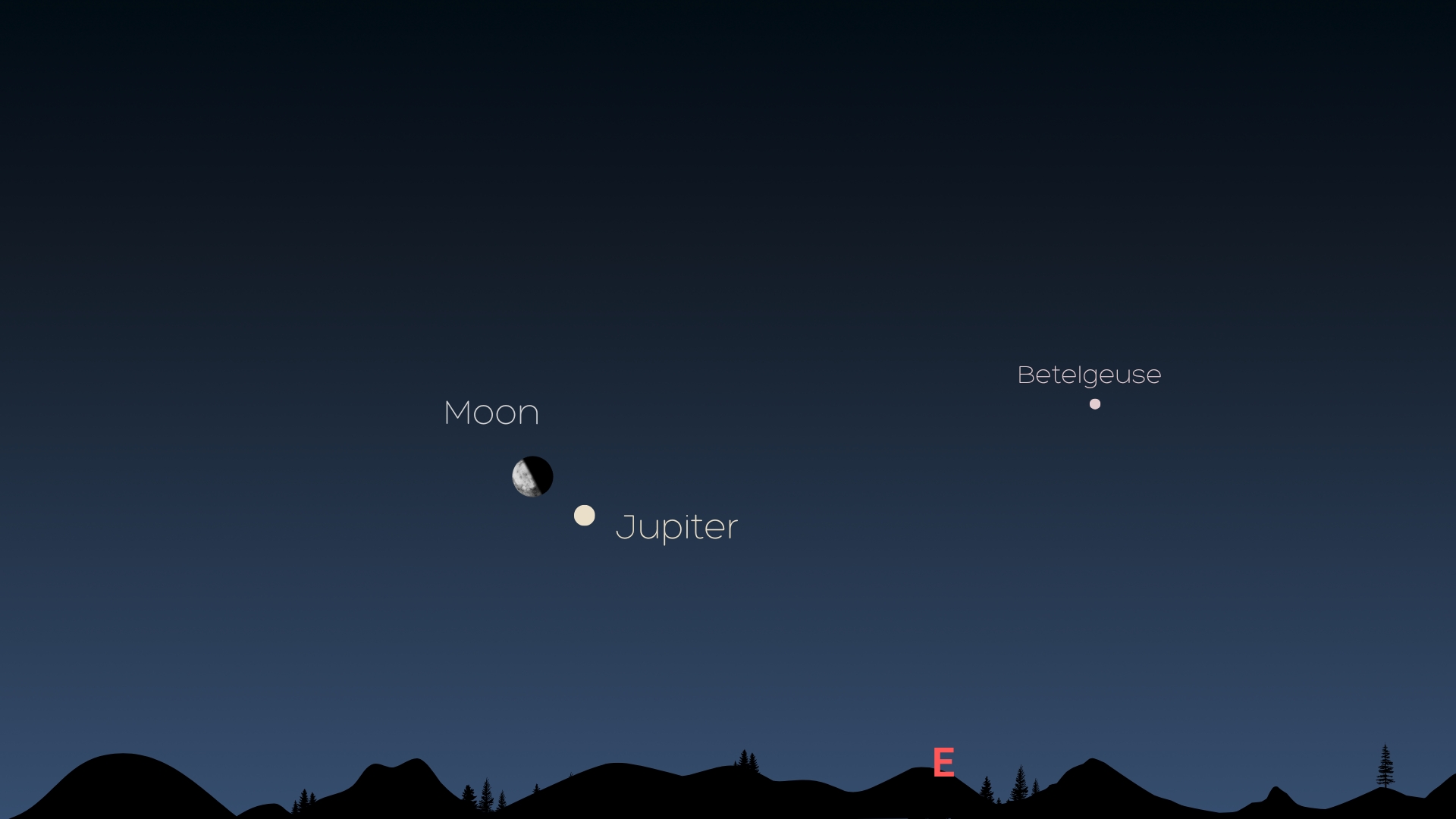
Jupiter soaring high in Gemini
Right now, Jupiter is in the constellation of Gemini, the Twins, near the star that marks the right hand of the twin brother Pollux (Kappa Geminorum). Gemini is also where the ecliptic, the pathway of the sun, moon and planets, comes farthest north. This gives northern observers a decided advantage, for the farther north a planet is, the more time it spends above the horizon and the higher up over the southern part of the sky it will appear.
When Jupiter reaches its highest point in the southern sky, at around the time of local sunrise, it will stand about 65 degrees high for Portland, Oregon and Minneapolis/St. Paul; 70 degrees for Salt Lake City and Philadelphia; 80 degrees for Houston and New Orleans and 85 degrees (practically overhead) for Brownsville, Texas and the Florida Keys.
What to see through a telescope
In a telescope, Jupiter is always a fascinating sight. Light and dark cloud belts in the giant planet’s atmosphere appear to parallel the equator and slowly change. Meanwhile, the famous Great Red Spot, appears to be contracting in size as well as wobbling like a bowl of jelly while undergoing dynamic fluctuations and changing shape, squeezing in and out. Once large enough to fit two to three Earths, the spot now fits only about one Earth.

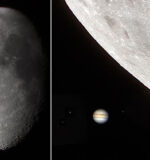
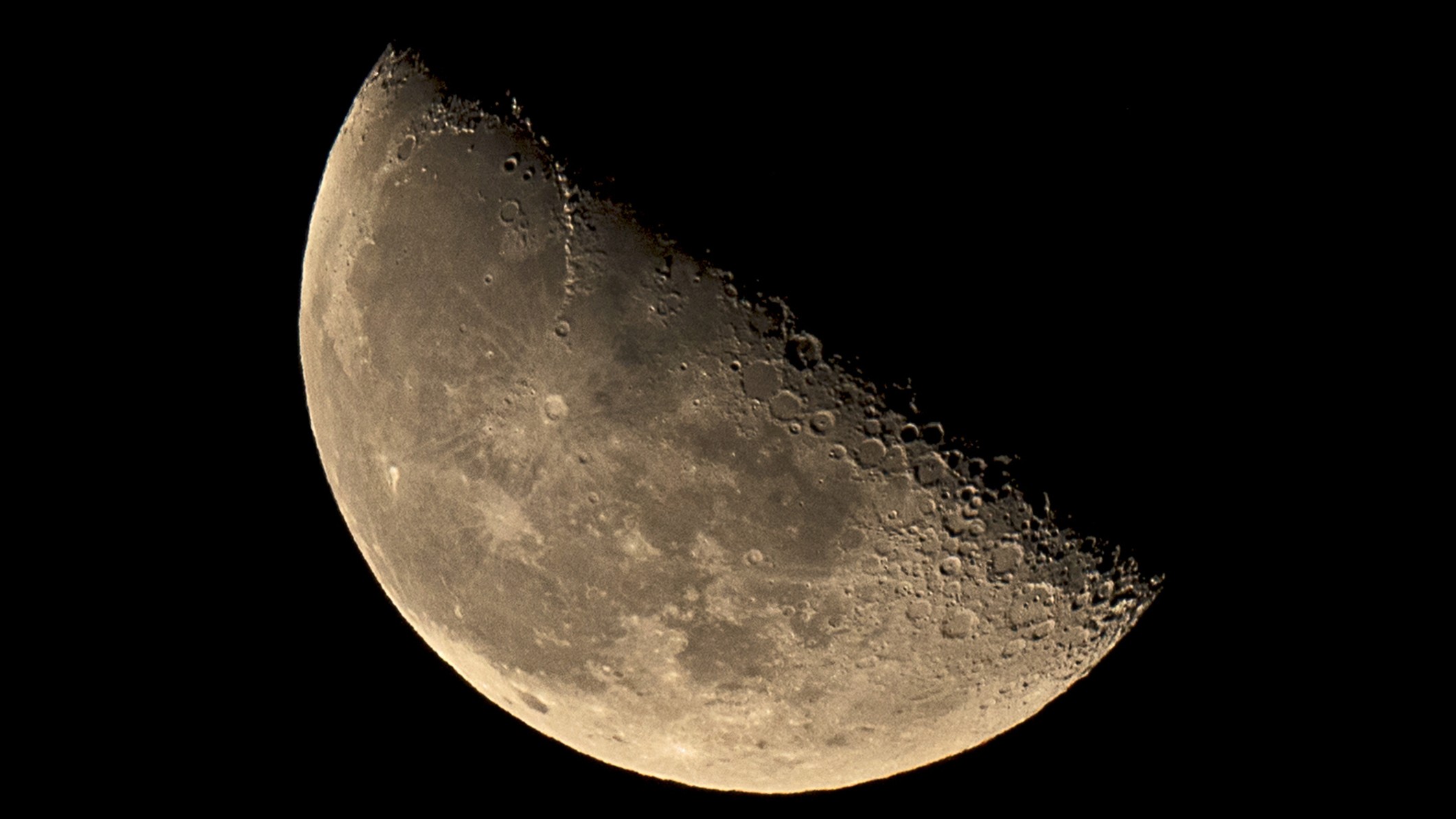
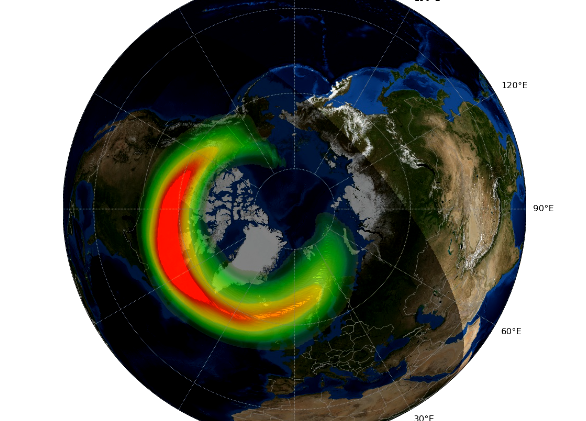
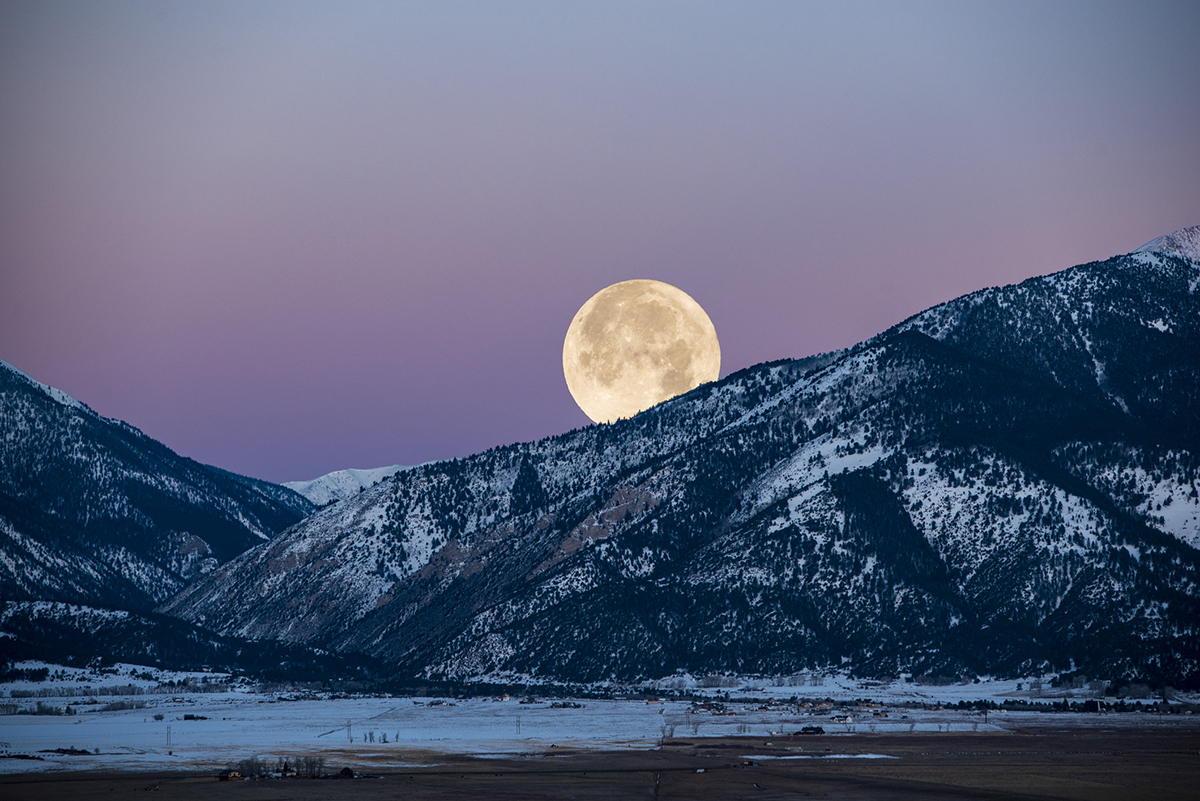
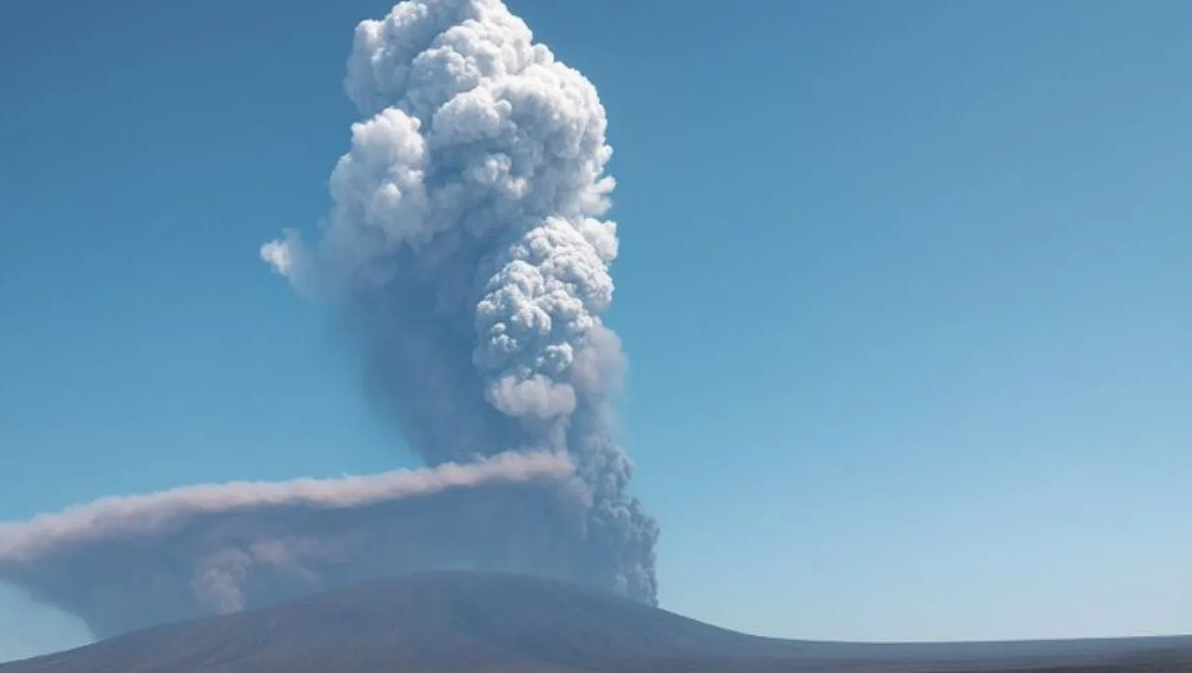
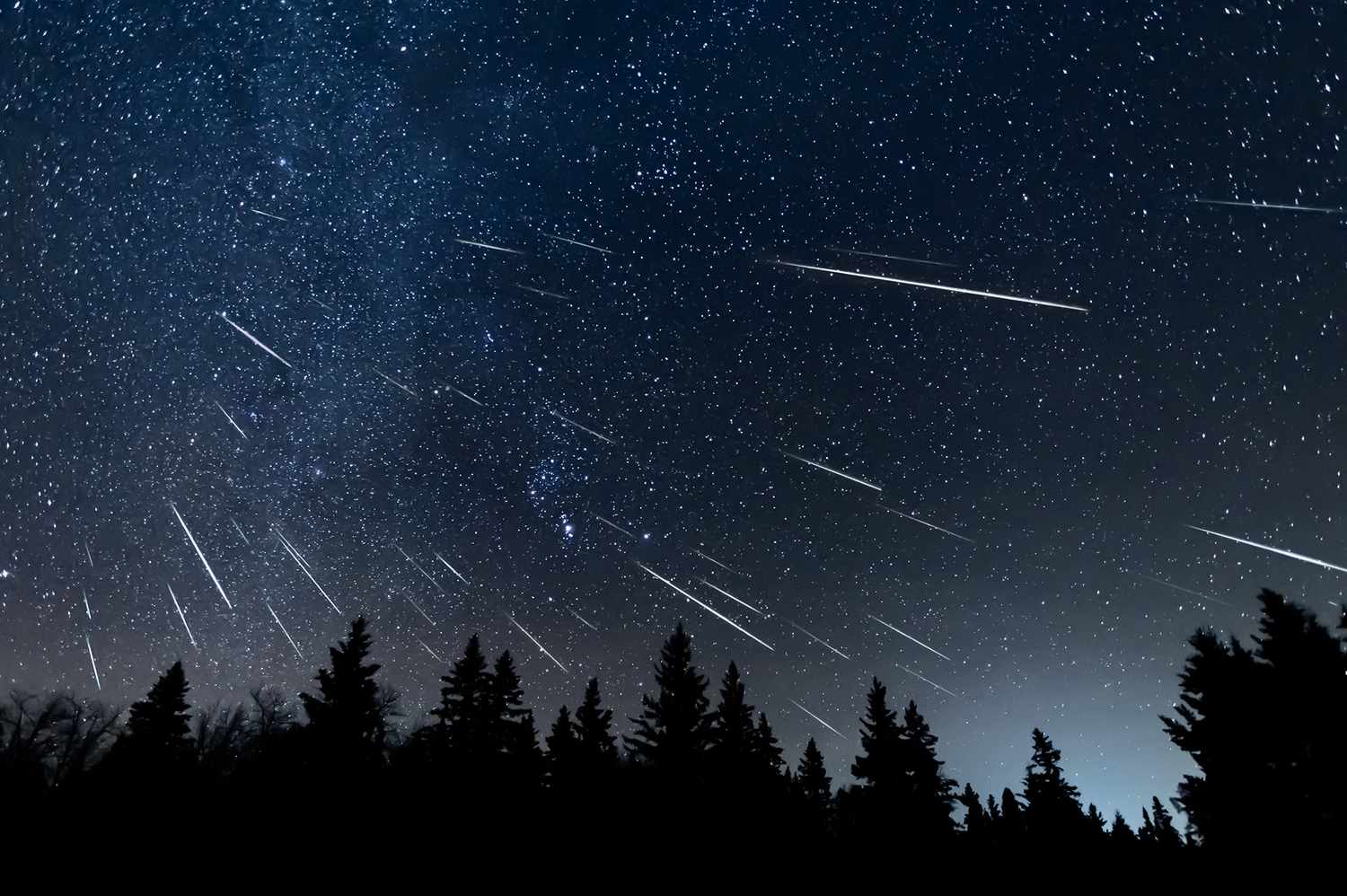


 Photographer Finds Locations Of 1960s Postcards To See How They Look Today, And The Difference Is Unbelievable
Photographer Finds Locations Of 1960s Postcards To See How They Look Today, And The Difference Is Unbelievable  Hij zet 3 IKEA kastjes tegen elkaar aan en maakt dit voor zijn vrouw…Wat een gaaf resultaat!!
Hij zet 3 IKEA kastjes tegen elkaar aan en maakt dit voor zijn vrouw…Wat een gaaf resultaat!!  Scientists Discover 512-Year-Old Shark, Which Would Be The Oldest Living Vertebrate On The Planet
Scientists Discover 512-Year-Old Shark, Which Would Be The Oldest Living Vertebrate On The Planet  Hus til salg er kun 22 kvadratmeter – men vent til du ser det indvendigt
Hus til salg er kun 22 kvadratmeter – men vent til du ser det indvendigt  Superknepet – så blir snuskiga ugnsformen som ny igen!
Superknepet – så blir snuskiga ugnsformen som ny igen!  Meteorite That Recently Fell in Somalia Turns Out to Contain Two Minerals Never Before Seen on Earth
Meteorite That Recently Fell in Somalia Turns Out to Contain Two Minerals Never Before Seen on Earth  Nearly Frozen Waves Captured On Camera By Nantucket Photographer
Nearly Frozen Waves Captured On Camera By Nantucket Photographer 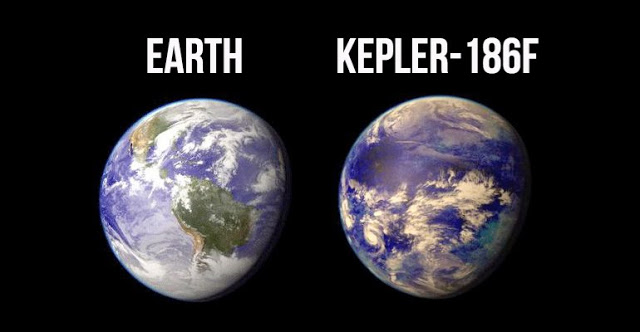 It’s Official: Astronomers Have Discovered another Earth
It’s Official: Astronomers Have Discovered another Earth 